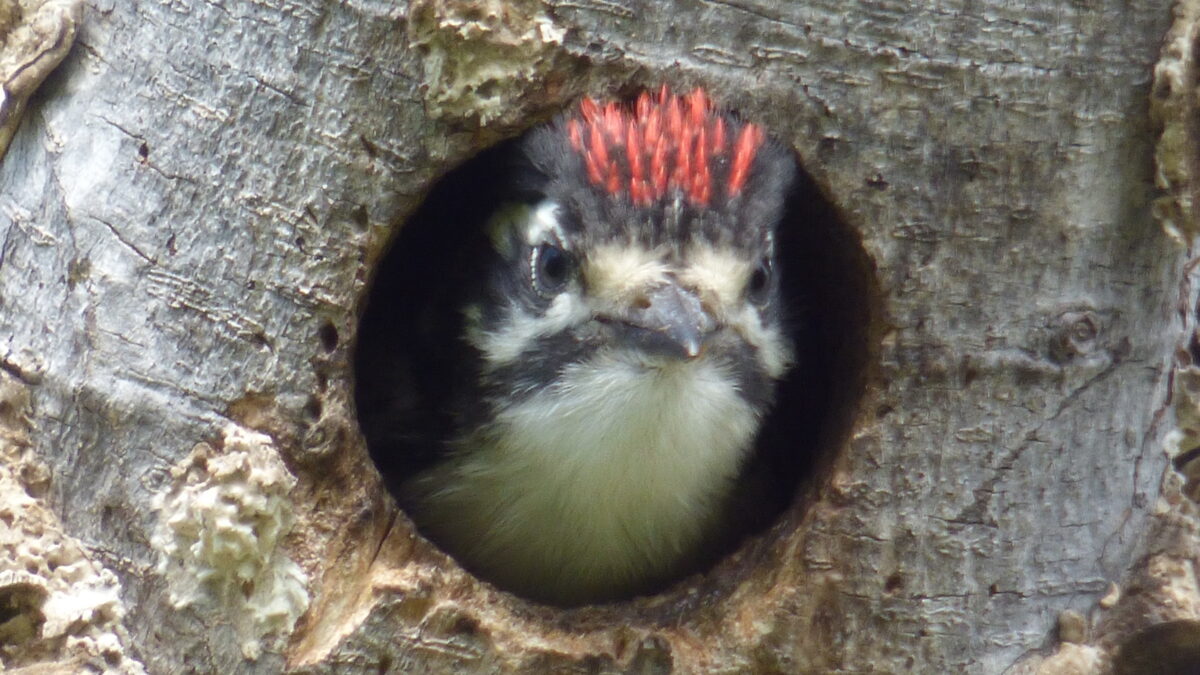On June 1, 2021, local L.A. County Fire engine companies began conducting annual brush clearance inspections throughout Very High Fire Hazard Severity Zones, including the Santa Monica Mountains and coast, but many homeowners are still scrambling to complete the annual brush clearance requirement.
LAFD is urging property owners to come into compliance as soon as possible, both to avoid fines and for the safety of their neighbors. Unfortunately for birds and animals like squirrels, the deadline coincides with peak spring nesting season. The best time to do cutting and clearance is September-January. When that isn’t possible, the Audubon Society recommends inspecting all areas for active nests before firing up the chainsaw or weed whip. If adult birds are observed carrying food or nesting material into a tree or brush, flying to and from a nest, or scolding anyone who comes near, there’s a good chance that there is an active nest. Construction activity within 300 feet of an active nest should be delayed until the hatchlings have fledged and there is no longer any observable activity.
For information on the fire clearance requirements visit https://www.lafd.org/fire-prevention/brush/brush-clearance-requirements













